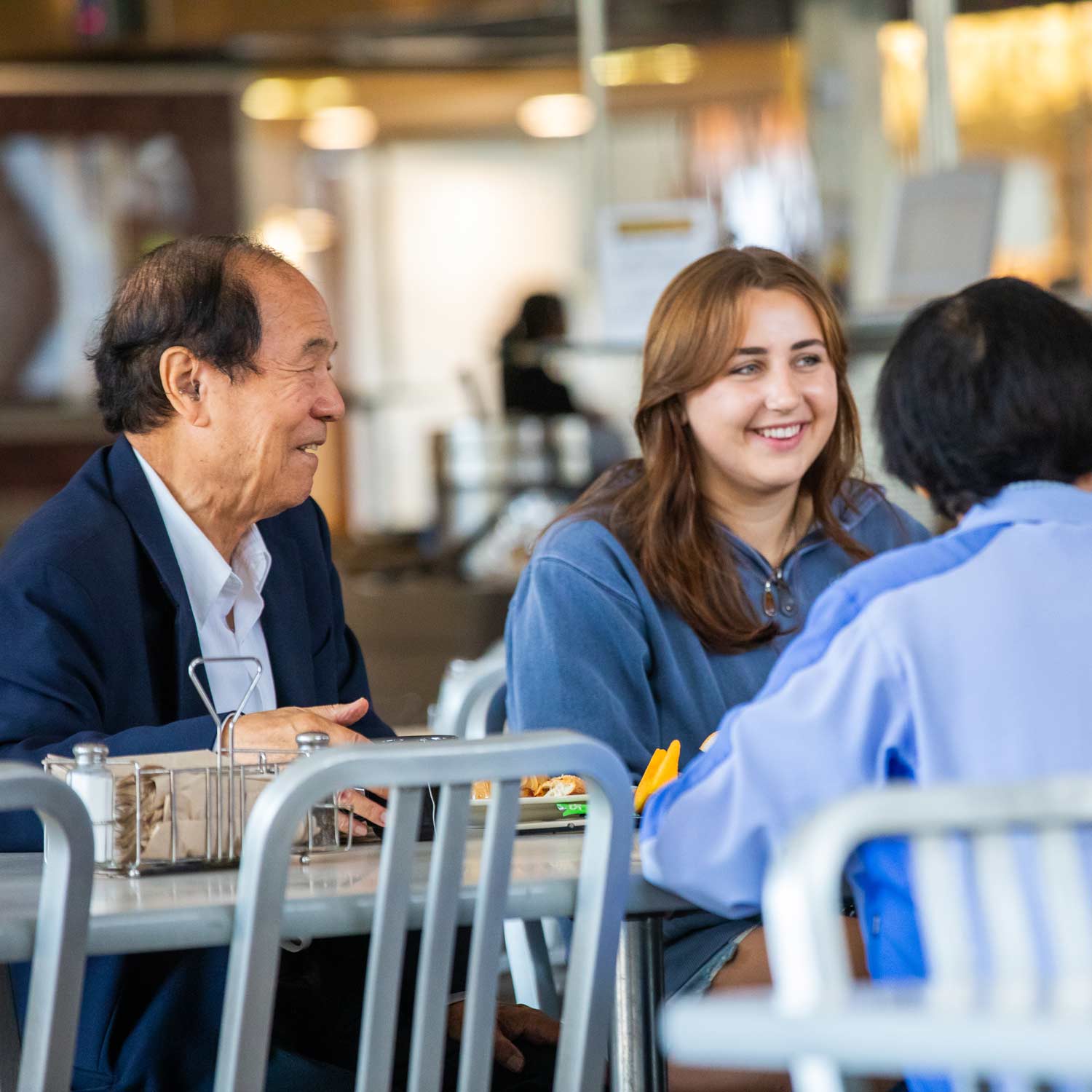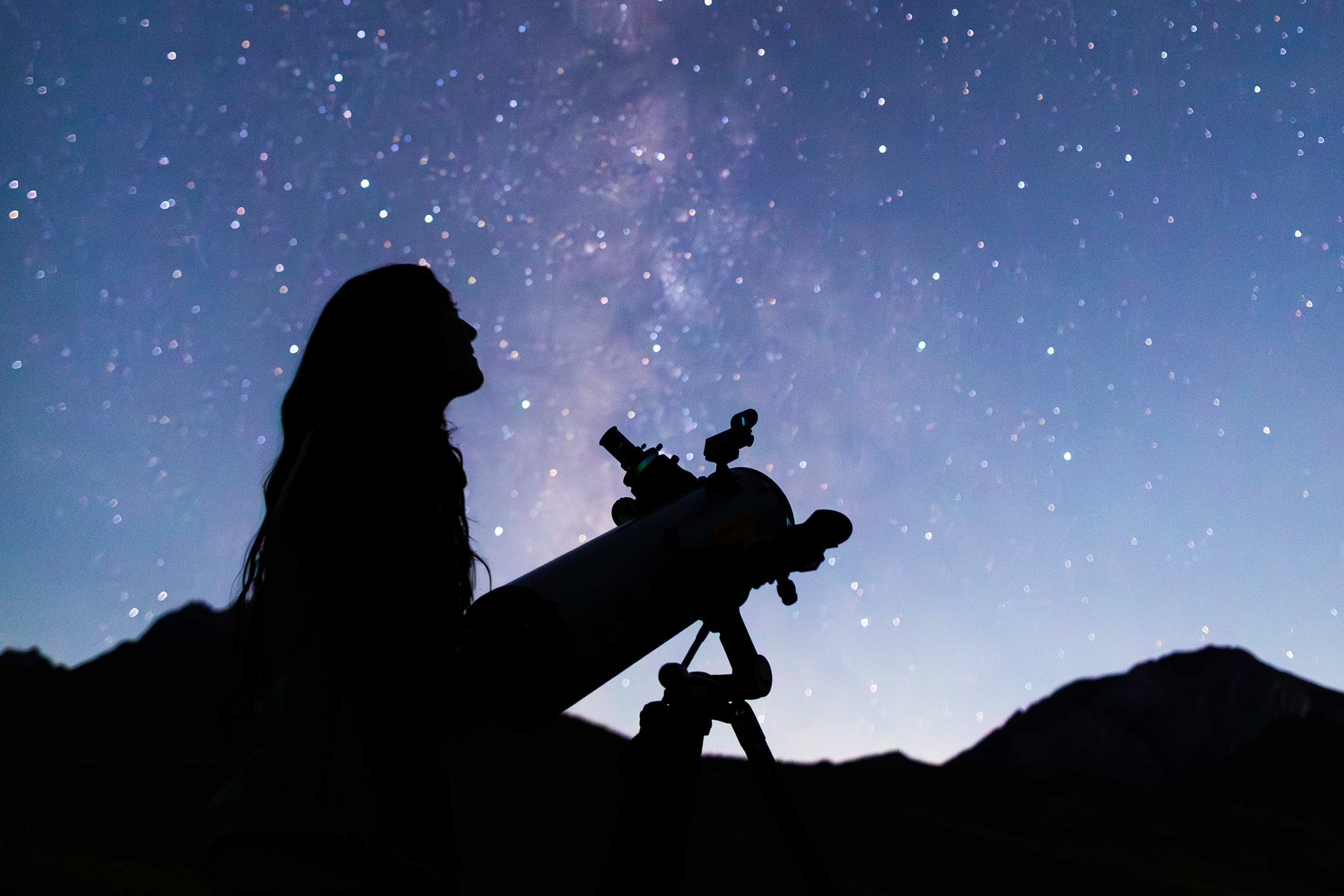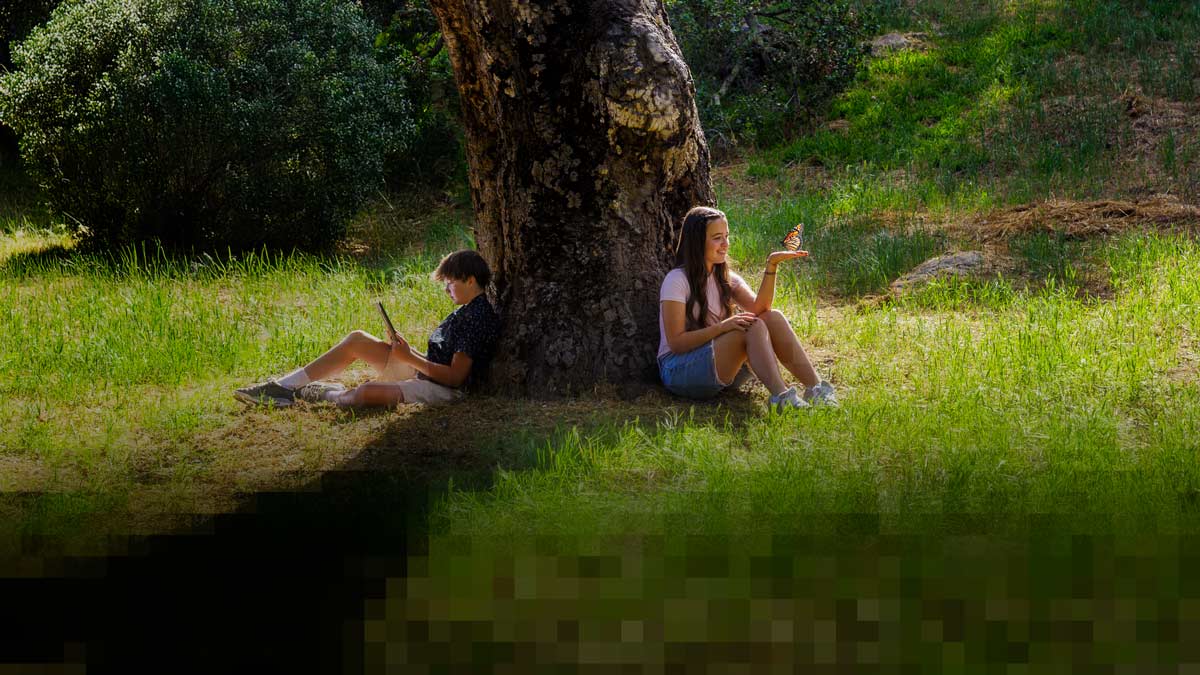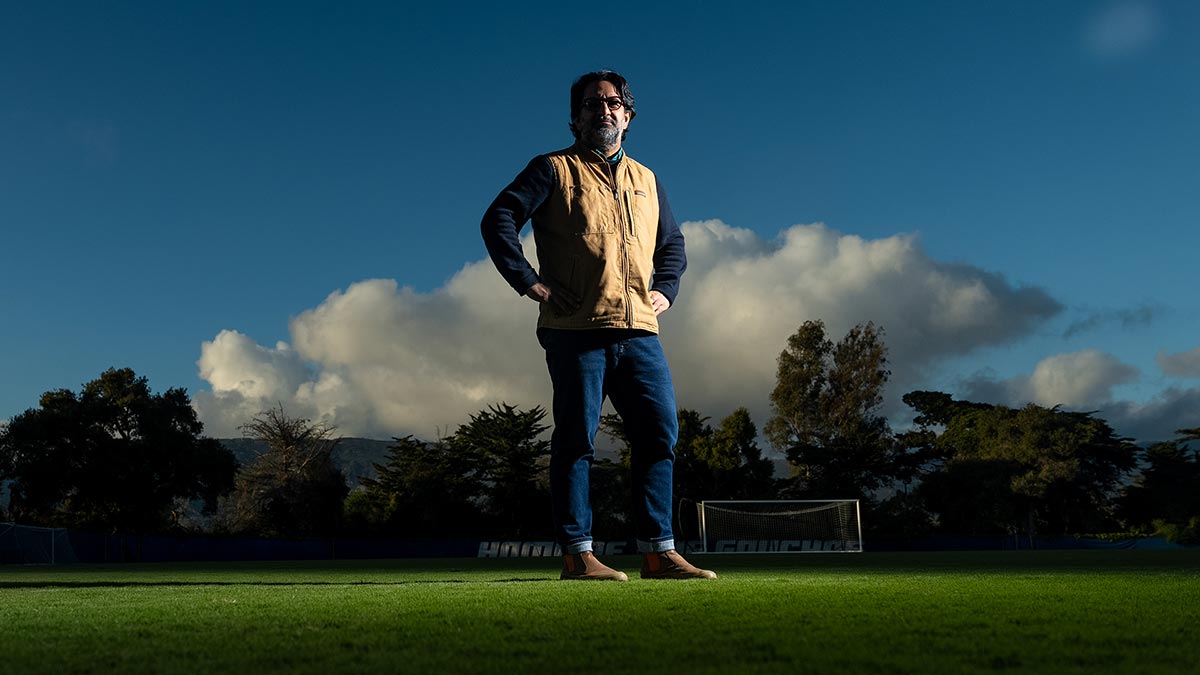After 30 years as UC Santa Barbara’s leader, Chancellor Henry Yang is preparing to step down and return to teaching and research. As he looks ahead, we are looking back at how the campus has evolved and grown over the course of his tenure.
Three decades of dedication — and progress
Stepping in
Henry T. Yang was named the fifth chancellor of UCSB in 1994. He joined the picturesque campus from Purdue University, where he was formerly the Neil A. Armstrong Distinguished Professor of Aeronautics and Astronautics and, for 10 years, the dean of engineering.

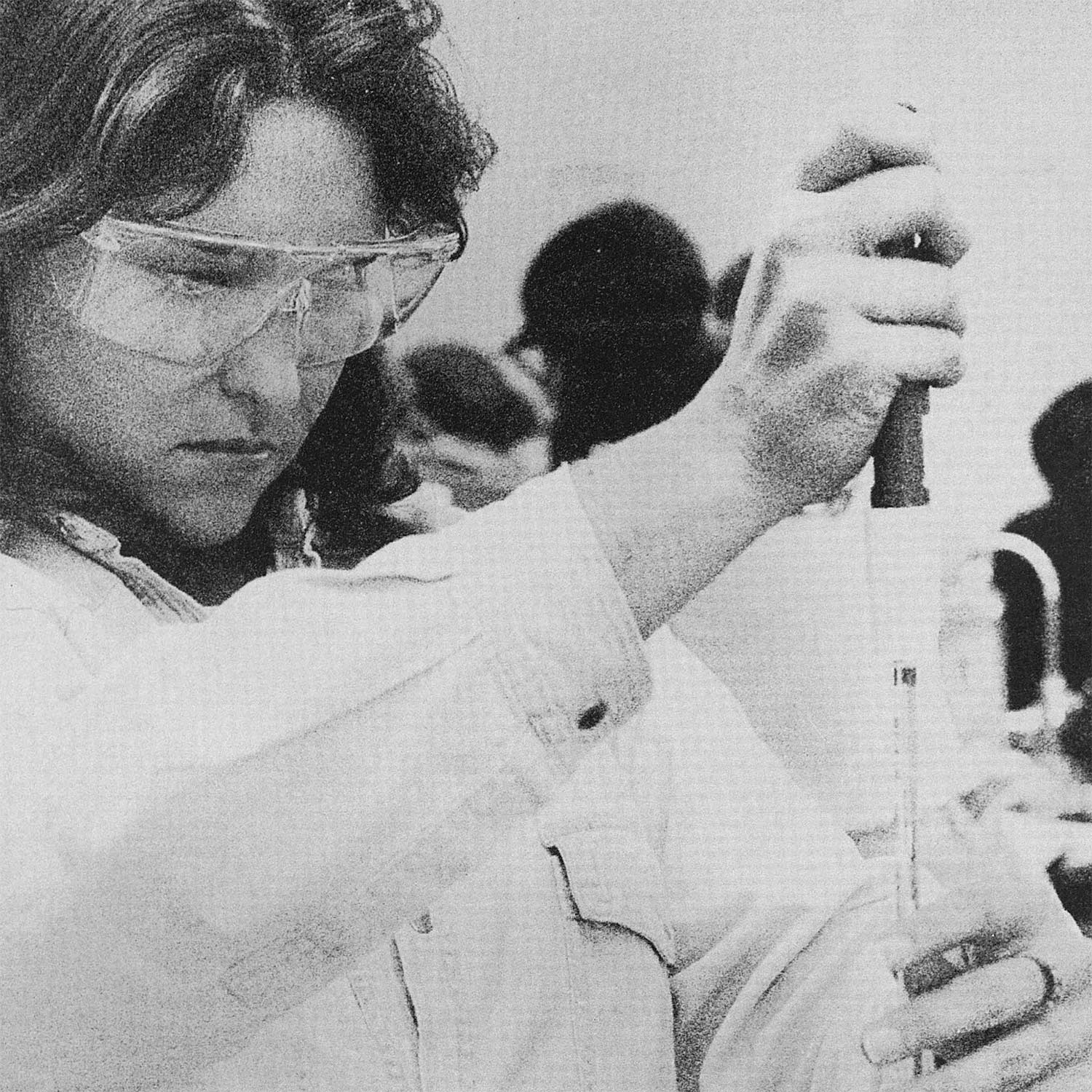
Rising through the ranks
After Chancellor Yang arrived, UCSB in 1995 was elected a member of the Association of American Universities, a prestigious collective of leading researchintensive higher education institutions in the U.S. and Canada. The university consistently ranked highly among its peers — for decades. In 2013, the Centre for Science and Technology Studies at Leiden University in the Netherlands ranked UCSB second in the world for scientific impact, out of the top 500 universities. A few years later, UCSB reached an all-time high ranking in U.S. News & World Report’s listing of the “Top 30 Public National Universities” for 2019, placing No. 5.
Earning prestigious recognition for landmark research
In 1998, physicist Walter Kohn, founding director of the campus’s Kavli Institute for Theoretical Physics, won the Nobel Prize in Chemistry. He was the first UCSB faculty member to receive a Nobel, but he wouldn’t be the last. Five more faculty members won Nobel Prizes over the next 14 years:

The Nobel Prize is a registered trademark of the Nobel Foundation
2000: Alan Heeger, Nobel Prize in Chemistry
2000: Herbert Kroemer, Nobel Prize in Physics
2004: David Gross, Nobel Prize in Physics
2004: Finn Kydland, Bank of Sweden Prize in Economic Sciences in Memory of Alfred Nobel
2014: Shuji Nakamura, Nobel Prize in Physics and energy-saving light sources
Expanding academic programs
In line with its high rankings and academic excellence across disciplines, UCSB has expanded the breadth of its academic offerings over the past 30 years. Under Chancellor Yang’s leadership, the number of majors, degrees and credentials offered at UCSB has grown to over 200. In the 1994-1995 academic year, the university awarded approximately 4,000 degrees. That figure for 2024-2025 is nearly 7,000. All told, some 200,000 degrees have been awarded during Chancellor Yang’s tenure.

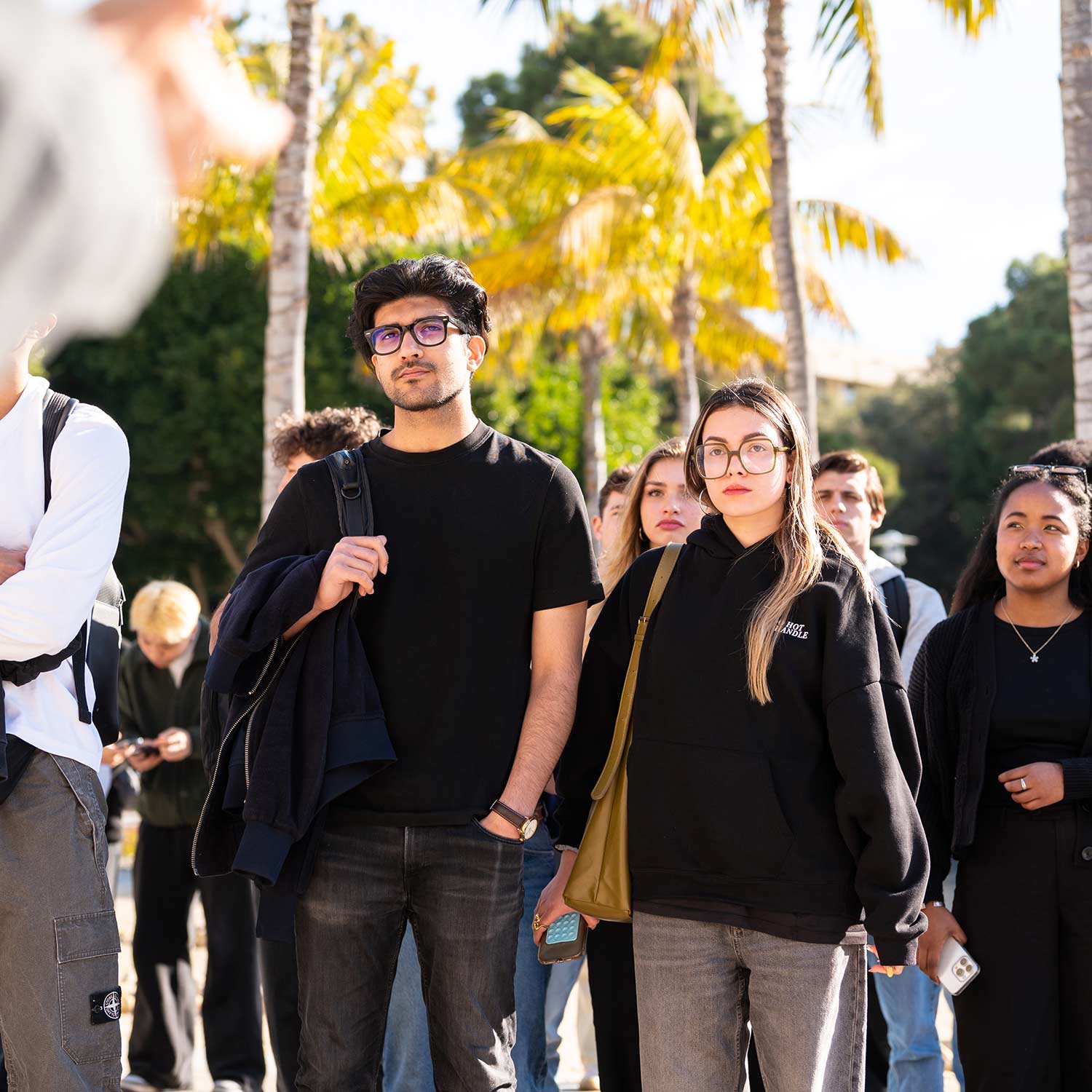
Growing the applicant pool
UCSB in 1994 attracted approximately 22,000 freshmen and transfer applications combined. By 2023, that number had reached nearly 129,000. First-generation college students account for many of those applications and subsequent enrollments. Taking a closer look, UCSB in fall 1994 enrolled 4,361 first-in-family students. By fall 2023, that number had grown to 7,662.
Attracting bright students from all backgrounds
The average high school GPA of incoming freshmen for the 2024-2025 academic year reached an impressive 4.30. By comparison, the 1997-1998 incoming freshmen class had an average GPA of 3.58. UCSB attracts students from an array of backgrounds, which has led to notable recognition and programs. In 2015, UCSB was named a Hispanic-Serving Institute (HSI) by the Hispanic Association of Colleges and Universities, becoming the first member of the Association of American Universities to receive this designation. HSIs are defined as colleges or universities in which Hispanic enrollment comprises at least 25% of the total undergraduate enrollment. UCSB is also an Asian American and Native American Pacific Islander-Serving Institution, indicating an enrollment of undergraduate students that is at least 10% Asian American or Native American Pacific Islander.
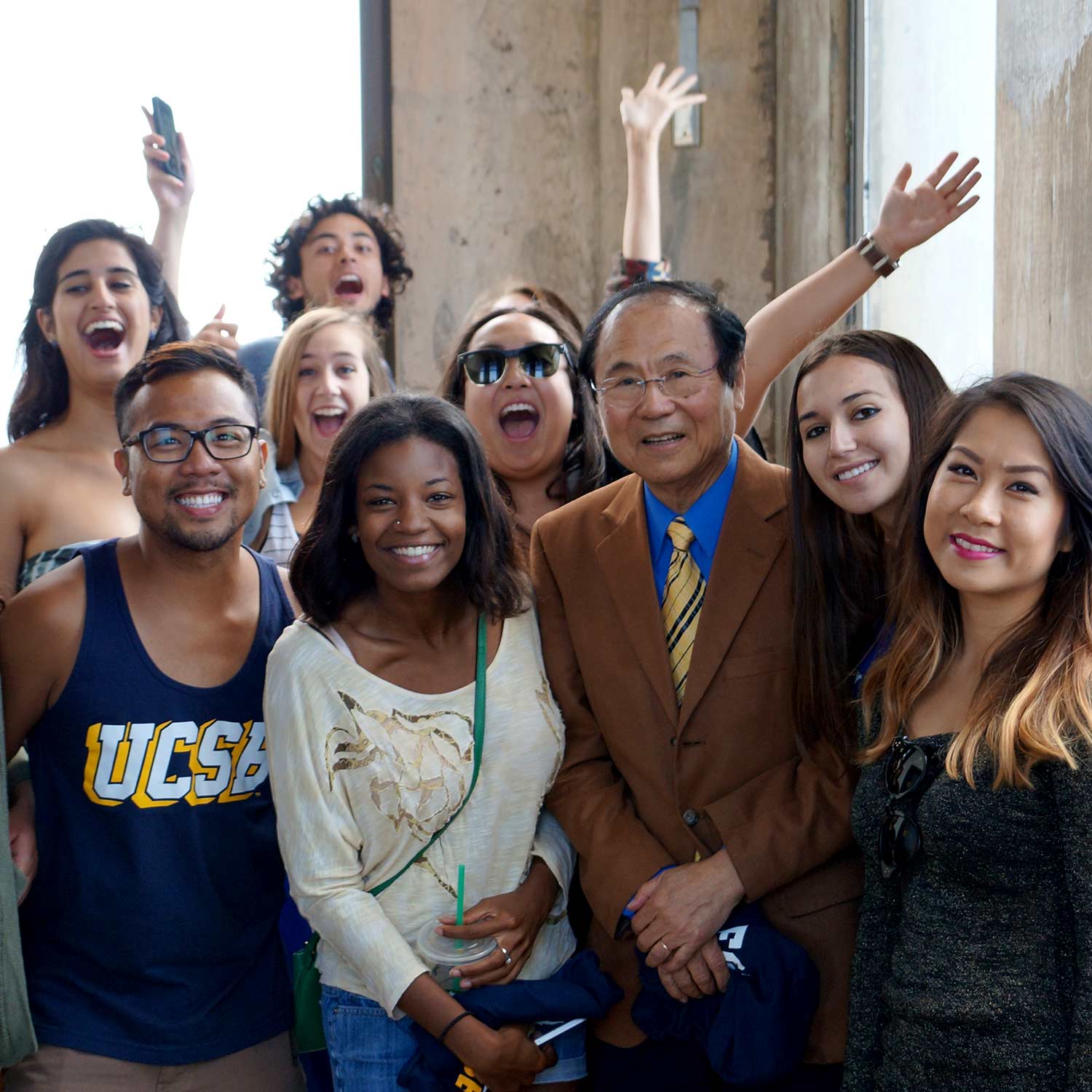
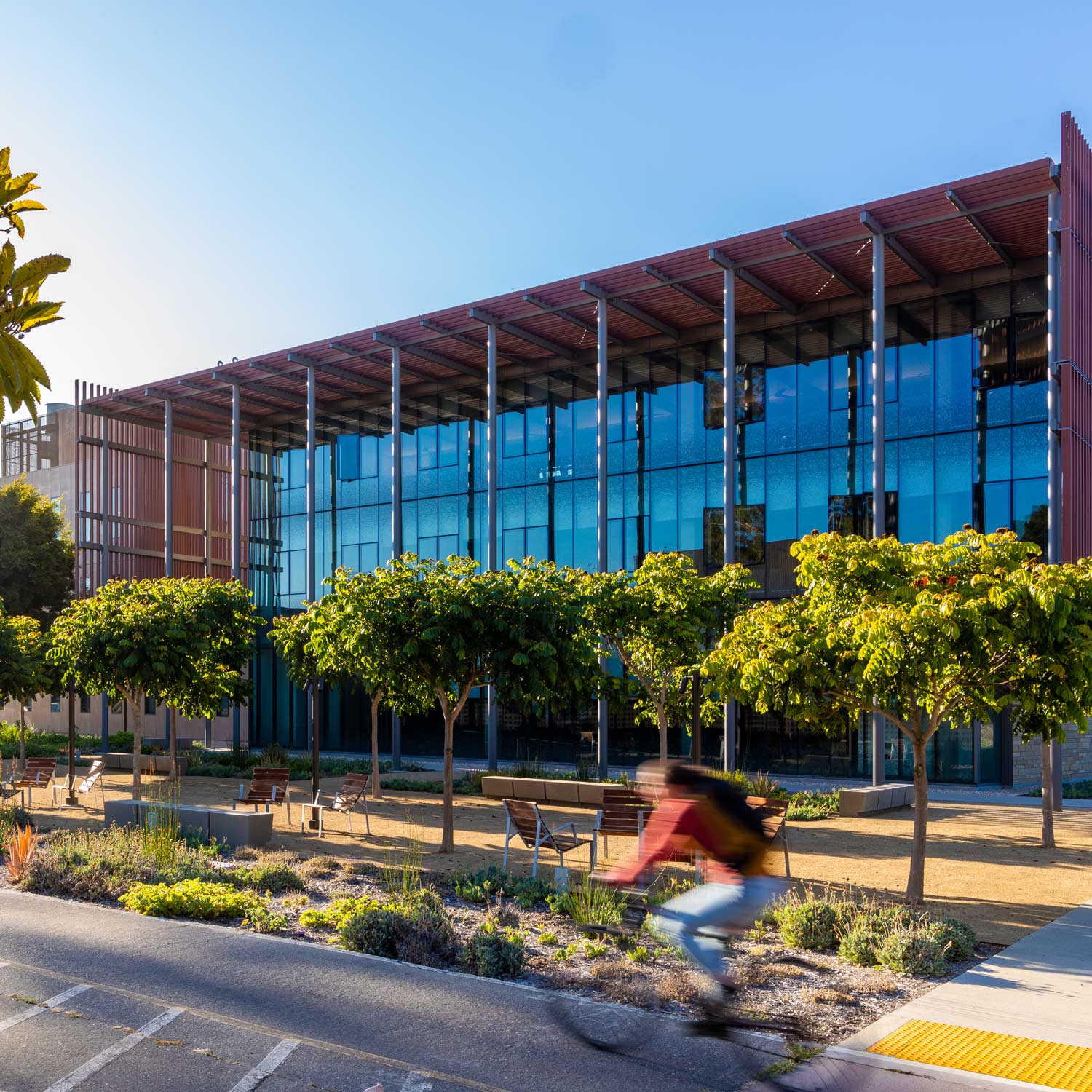
Enhancing the campus experience
UCSB’s physical campus has undergone significant improvements over the last three decades. An increase in study spaces, classrooms, research facilities, living quarters and student activity spaces has helped to foster a collaborative and energizing environment. During the Chancellor's tenure, more than 6.1 million square feet of campus space were added or renovated. Philanthropy has played a crucial role in these improvements. Henley Gate, Charles T. Munger Physics Residence, Henley Hall and Arnhold Tennis Center are among the capital projects that were funded via philanthropy. To that end, UCSB has experienced tremendous growth in fundraising over the past three decades, climbing from $10.5 million in fiscal year 1995 to $167.3 million in fiscal year 2024, and eclipsing $100 million raised in each of the past 10 years. Over that same time period, the university’s endowment has grown from $35.8 million to $647 million.
Strengthening community
Partnering with surrounding communities is a longtime priority for UCSB. That starts in Isla Vista, home to thousands of Gauchos and other local students. Following the tragic 2014 Isla Vista shootings, Chancellor Yang and the campus community responded quickly and generously with widespread support and healing initiatives. Collaborative efforts to maintain safety and well-being in the vicinity continue to this day. In that same spirit of community, the campus responded to broader Santa Barbara tragedies, including the 2017 Thomas Fire and subsequent mudslides, offering campus resources and a safe haven for those affected. During the COVID-19 pandemic, UCSB researchers contributed significant time and expertise throughout the region. The university also partners with communities beyond campus to help ensure strong local economies.
